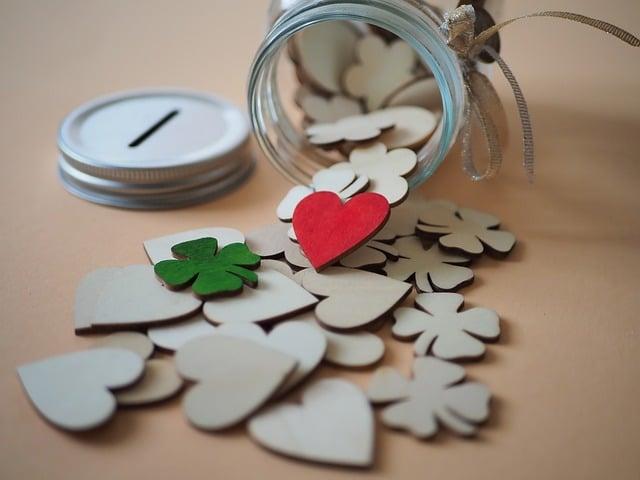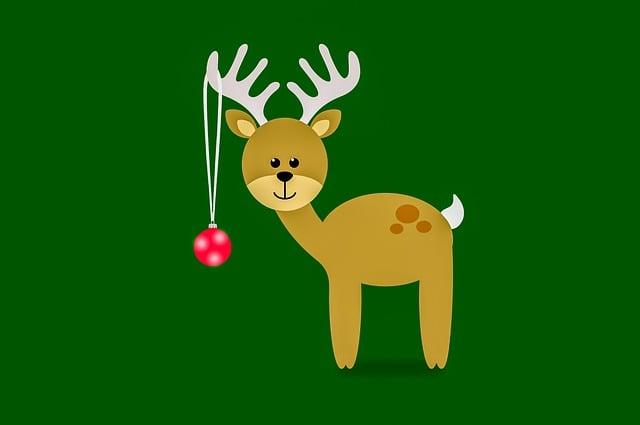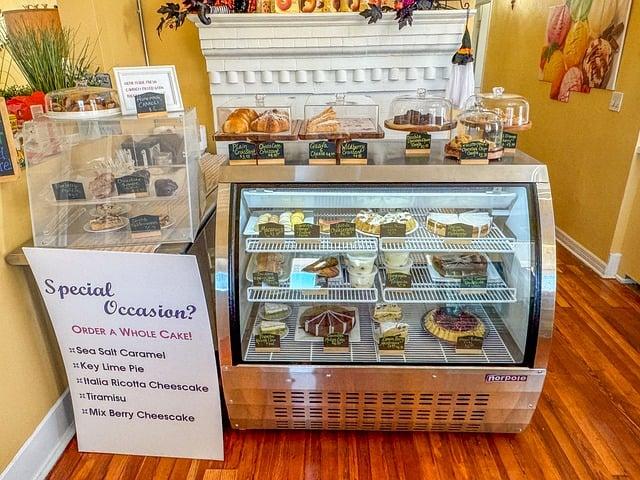In the heart of Provence, a humble baker named Pierre prepared for Christmas with a secret recipe passed down through generations. One snowy evening, as villagers gathered for the feast, he decided to honor the 13 desserts, symbolizing Jesus and his 12 apostles. Each sweet treat—figs, nougat, and candied fruits—told a story of abundance and gratitude. As the villagers savored the flavors, laughter filled the air, and Pierre realized that these desserts were more than just food; they were a celebration of community, faith, and the joy of togetherness.
Table of Contents
- The Tradition of the 13 Desserts in French Christmas Celebrations
- Exploring the Symbolism Behind Each Dessert
- Regional Variations and Unique Twists on Classic Recipes
- Tips for Creating Your Own Festive Dessert Spread at Home
- Q&A

The Tradition of the 13 Desserts in French Christmas Celebrations
The tradition of serving thirteen desserts during Christmas in France is steeped in history and symbolism, reflecting the rich cultural tapestry of the region. Each dessert represents one of the twelve apostles, with the thirteenth dessert symbolizing Christ himself. This delightful assortment is not merely a feast for the senses but also a celebration of abundance and gratitude. Families gather to share these treats, fostering a sense of community and togetherness during the festive season.
The selection of desserts varies by region, showcasing local ingredients and culinary traditions. Commonly featured items include:
- Nougat – a chewy confection made from almonds and honey
- Calissons – a sweet almond paste delicacy from Aix-en-Provence
- Fruits – such as dried figs, dates, and grapes, symbolizing prosperity
- Chocolate – often shaped into festive figures
- Gingerbread – a spiced treat that adds warmth to the table
This diverse array of desserts not only tantalizes the taste buds but also serves as a reminder of the importance of sharing and celebrating the season with loved ones.

Exploring the Symbolism Behind Each Dessert
Each of the 13 desserts served during the festive season in France carries its own unique symbolism, reflecting the rich tapestry of cultural and religious significance. The **nougat**, for instance, represents the duality of good and evil, with its white and dark layers symbolizing the balance between light and darkness. Similarly, the **dates** are often associated with the Middle Eastern origins of Christianity, serving as a reminder of the journey of the Magi. The **figs**, with their sweet and succulent flesh, symbolize abundance and fertility, while the **almonds** are a nod to the promise of prosperity and good fortune in the coming year. Each dessert is not merely a treat but a vessel of meaning, connecting the past with the present through shared traditions.
Moreover, the **bûche de Noël**, or Yule log, embodies the warmth of family gatherings and the spirit of togetherness during the holiday season. Its rich chocolate flavor and intricate design evoke the beauty of winter, while the **turrón** serves as a reminder of the Mediterranean influences that have shaped French cuisine. The inclusion of **candied fruits** adds a splash of color and represents the joy and vibrancy of life, while the **pannetone** signifies the hope for renewal and rebirth. Each dessert, therefore, is a piece of a larger narrative, weaving together stories of faith, culture, and the enduring spirit of celebration that defines Christmas in France.

Regional Variations and Unique Twists on Classic Recipes
France’s rich culinary landscape is reflected in its diverse regional variations of the traditional 13 desserts. Each region brings its own flair, influenced by local ingredients and cultural heritage. For instance, in Provence, you might find **calissons**, a sweet almond paste delicacy, alongside **nougat**, which showcases the region’s abundant nuts and honey. Meanwhile, in the northern regions, **speculoos** cookies, spiced and crisp, add a delightful crunch to the festive table, embodying the area’s baking traditions. These unique twists not only enhance the flavor profile but also tell a story of the region’s history and agricultural bounty.
Moreover, the presentation of these desserts often varies, with some families opting for a more rustic display while others embrace elaborate arrangements. In some households, the **bûche de Noël**, or Yule log, takes center stage, adorned with intricate decorations that reflect the artistry of French patisserie. Others might include **fruits** like figs and dates, symbolizing abundance and prosperity. The interplay of flavors and textures—from the creamy richness of **chestnut cream** to the chewy delight of **dried fruits**—creates a sensory experience that is both festive and deeply rooted in tradition. Each dessert serves not just as a treat but as a reminder of the region’s unique identity and the shared joy of the holiday season.

Tips for Creating Your Own Festive Dessert Spread at Home
Creating a festive dessert spread at home can be a delightful way to celebrate the holiday season. Start by selecting a variety of **traditional and modern desserts** that reflect the spirit of Christmas. Consider incorporating classic French treats such as **bûche de Noël** (Yule log), **galette des rois** (king cake), and an assortment of **macarons**. To add a personal touch, you might also want to include your family’s favorite recipes or regional specialties. Arrange these desserts on a beautifully decorated table, using festive platters and garnishes like fresh berries, edible flowers, or sprigs of holly to enhance the visual appeal.
Don’t forget to think about **flavors and textures** when curating your spread. Aim for a balance between rich and light desserts, as well as a mix of chocolatey, fruity, and nutty options. You could include **mini tarts**, **cookies**, and **panna cotta** to provide a variety of tastes. To elevate the experience, consider pairing your desserts with complementary beverages such as spiced hot chocolate, mulled wine, or a selection of herbal teas. encourage your guests to indulge in the festive spirit by inviting them to share their own dessert stories or recipes, creating a warm and inviting atmosphere that celebrates both tradition and creativity.
Q&A
-
What are the 13 desserts served at Christmas in France?
The 13 desserts traditionally served in Provence during Christmas represent Jesus and the 12 apostles. They typically include:
- Dried fruits (figs, dates, raisins)
- Nuts (almonds, walnuts)
- Calissons (a type of candy)
- Nougat
- Fruit cakes
- Fresh fruits (like oranges and apples)
- Chocolate
- And more, depending on regional variations.
-
Why are there specifically 13 desserts?
The number 13 is symbolic, representing Jesus and his 12 apostles. This tradition emphasizes the importance of sharing and abundance during the festive season, reflecting the spirit of community and togetherness.
-
Are the 13 desserts served all at once?
Typically, the desserts are presented together on a table, allowing guests to sample a variety of flavors. They are often enjoyed after the Christmas Eve meal, creating a festive and indulgent atmosphere.
-
Do all regions in France serve 13 desserts?
While the tradition is most closely associated with Provence, variations exist across France. Some regions may have their own unique customs and desserts, but the essence of sharing and celebration remains central to the Christmas festivities.
As the festive season unfolds, the tradition of the 13 desserts in France serves as a delicious reminder of cultural heritage and communal joy. Each sweet bite tells a story, weaving together history, faith, and the spirit of togetherness that defines Christmas.

大家好,我是彼得潘,專業的手法身體治療師。我喜歡探索和研究各種主題,並透過與人工智慧的合作分享專業、實用、有趣的文章。我們定期進行人工審核,以確保內容的準確性。如果您發現文章中有任何不準確的地方,請隨時與我們聯繫,我們會及時糾正。您可以透過 [email protected] 與我們聯繫。



